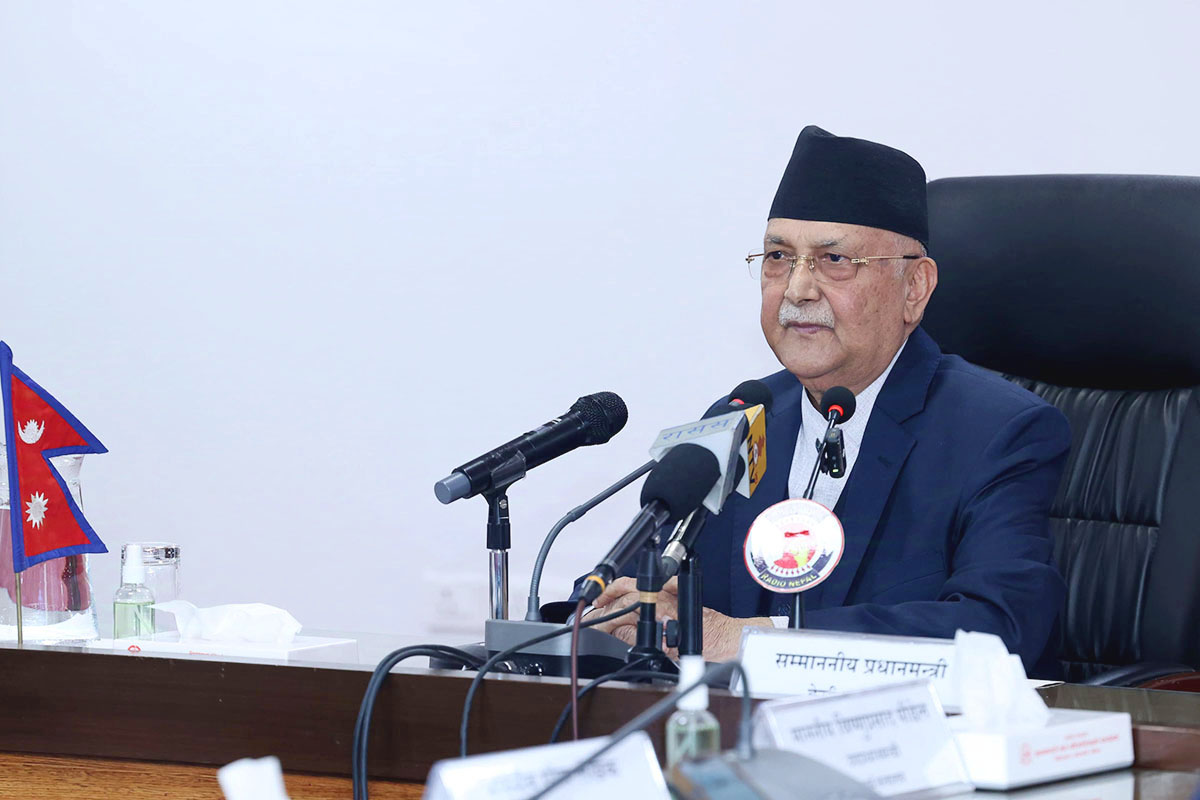
KATHMANDU: Prime Minister KP Sharma Oli has expressed sorrow over the loss of life and property caused by the recent flash floods in Uttarakhand, India.
Taking to social media today, he said he was deeply concerned by the tragic reports and paid tribute to those who lost their lives in the floods and landslides. He added that he hoped bereaved families would find the strength to bear their loss with patience. Oli also noted that some 17 Nepali nationals were reportedly trapped by the floods and that diplomatic discussions had been held via the Nepali Embassy in New Delhi to facilitate their rescue.
________________________________________
NEW DELHI: A deadly wall of muddy water swept through the Himalayan town of Dharali in Uttarakhand on Tuesday and was likely triggered by a rapidly melting glacier, exacerbated by climate change, experts say.
Scores of people were reported missing after water and debris tore down the narrow mountain valley, destroying buildings and burying residents in freezing sludge.
At least four people have been confirmed dead, with a further 50 missing.
Government officials blamed an intense cloudburst of rain for the disaster, but hazard experts point to days of prolonged rainfall that had already soaked and loosened the ground.
PK Joshi, of Jawaharlal Nehru University in New Delhi, said the flood appeared to result from the collapse of moraine — a dam of rocky debris — holding back a glacial lake.
“Given the persistent rainfall over preceding days and the sudden discharge observed, we suspect a glacial lake outburst flood, or collapse of a moraine-dammed lake, as the primary trigger,” he told AFP.
He added that unstable sediment zones in the glacial terrain upstream would have amplified the flood’s energy.
Heavy cloud cover has so far prevented satellite imagery from pinpointing the exact source of the debris, and Joshi cautioned that more data are needed for definitive confirmation.
________________________________________
Disaster severity
Safi Ahsan Rizvi, adviser to India’s National Disaster Management Authority, said it was likely the cause was a glacio-fluvial debris landslide.
Sandip Tanu Mandal, a glaciologist at the Mobius Foundation in New Delhi, also pointed to the possibility of a glacial lake outburst flood, driven by significant water accumulation due to accelerated melting and rainfall.
Himalayan glaciers, which supply water to nearly two billion people, are melting faster than ever as a result of climate change, exposing communities to unpredictable and increasingly severe disasters, scientists warn. The softening of permafrost further raises the risk of landslides.
Joshi said the latest catastrophe “highlights the complex and interconnected nature of Himalayan hazards”. He added that rapid development and construction downstream had multiplied the damage. “Land-use patterns in the floodplain exacerbated the severity of the disaster,” he said.
(Compiled)



-1764502277.jpeg)
-1764498907.jpeg)
-1764497910.jpeg)
